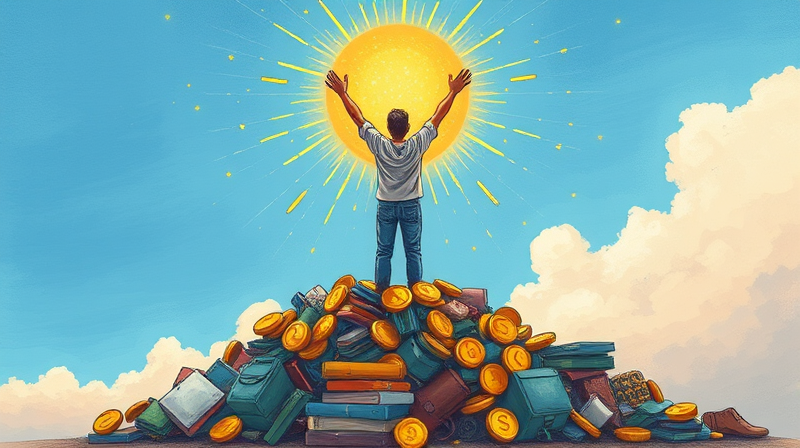
In an era of relentless consumer pressure and accelerating materialism, many feel trapped under the weight of their own possessions. The concept of financial minimalism offers a refreshing alternative: a path to greater wealth and emotional freedom through simplicity and purpose. By reexamining what truly matters, you can free resources to build lasting security, joy, and peace of mind.
Rather than focusing on deprivation, financial minimalism encourages aligned, value-driven choices. It’s not about owning nothing, but about owning only what amplifies your happiness and progress toward meaningful goals.
At its heart, financial minimalism requires a mental recalibration: distinguishing between needs and wants. Modern marketing thrives on creating artificial desires, convincing us that new gadgets or wardrobe updates will fill emotional gaps. Minimalism rewires this pattern.
By practicing conscious consumerism, you learn to pause before purchases. Questions like “Does this serve my long-term goals?” become your North Star. Over time, you see how habitual, impulsive spending gives way to intentional allocation of funds toward what truly enriches life.
Reducing consumption has direct, measurable effects on your monthly budget and overall net worth. When you eliminate nonessential expenses:
With credit card debt in the U.S. exceeding $1 trillion, even small habit changes can yield outsized benefits. Moving $100 a month from discretionary spending into an investment account compounding at 6% can grow to over $35,000 in 20 years.
Embarking on this journey doesn’t require drastic overnight overhauls. Instead, adopt incremental, sustainable changes:
Real-life stories illustrate the transformative power of financial minimalism. Sarah, a 32-year-old graphic designer, sold two-thirds of her wardrobe and cut her streaming subscriptions. In six months she paid off $5,000 in credit card debt and funded a backpacking trip to Europe.
Millennials, in particular, are embracing this trend. Studies show they prioritize affordable experiences like travel and cooking classes over accumulating possessions. Their success underscores how experience-driven spending yields deeper satisfaction than fleeting ownership of “things.”
The compounding effect of disciplined habits is where minimalism truly shines. Redirecting small amounts consistently adds up. For example, reducing your coffee shop visits by half and investing the difference can grow into a substantial nest egg over a decade.
Additionally, living below your means fosters resilience. In economic downturns or unexpected life events, you’ll have the financial flexibility to adapt without sacrificing stability.
Minimalism is often misconceived as asceticism. In reality, it’s about choice, not deprivation. You can still enjoy luxuries—a fine meal, a weekend getaway—when they align with your values, rather than indulging by default.
Critics say minimalism isn’t feasible for families or those on fixed incomes. Practical adaptations exist: start small by decluttering one area, negotiate better deals on utilities, or swap paid activities for low-cost community events. Every step forward compounds positively.
Leverage technology and community support to stay on track:
By combining clear goals with supportive tools, you’ll find it easier to navigate challenges and celebrate milestones.
Ultimately, the philosophy of “less stuff, more wealth” transcends mere frugality. It cultivates clarity, purpose, and freedom—an invitation to channel your resources into what matters most.
References













